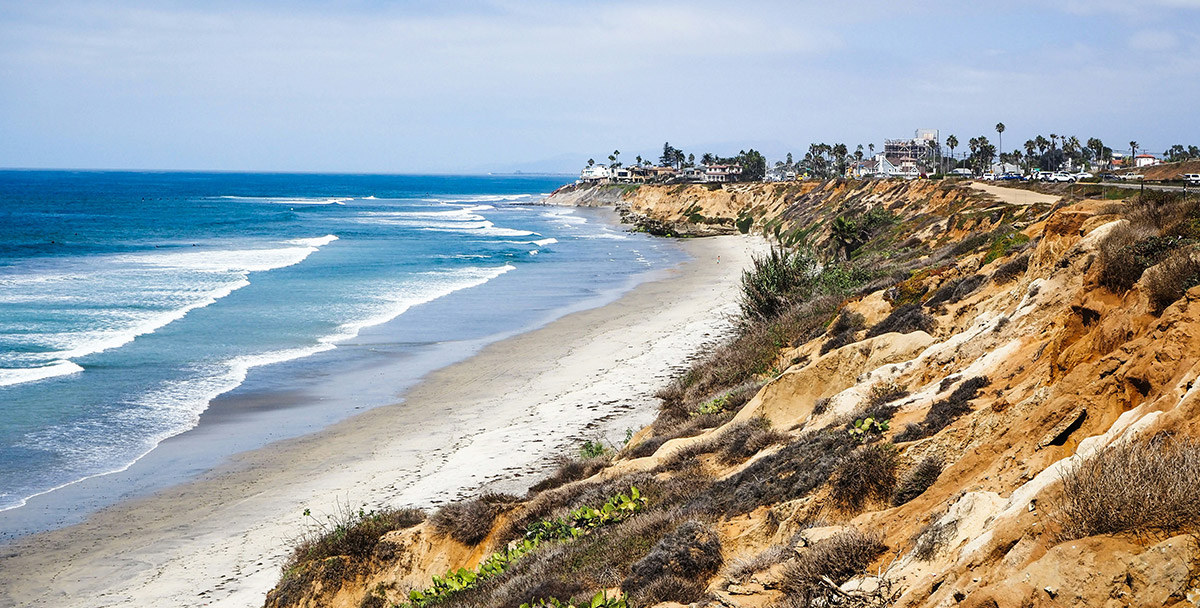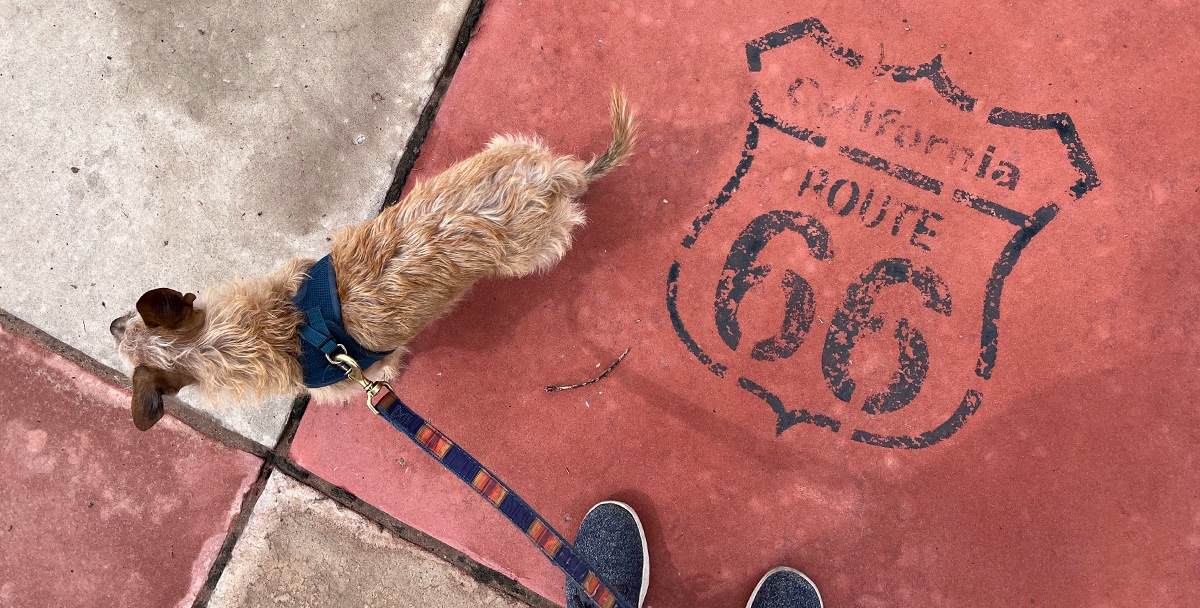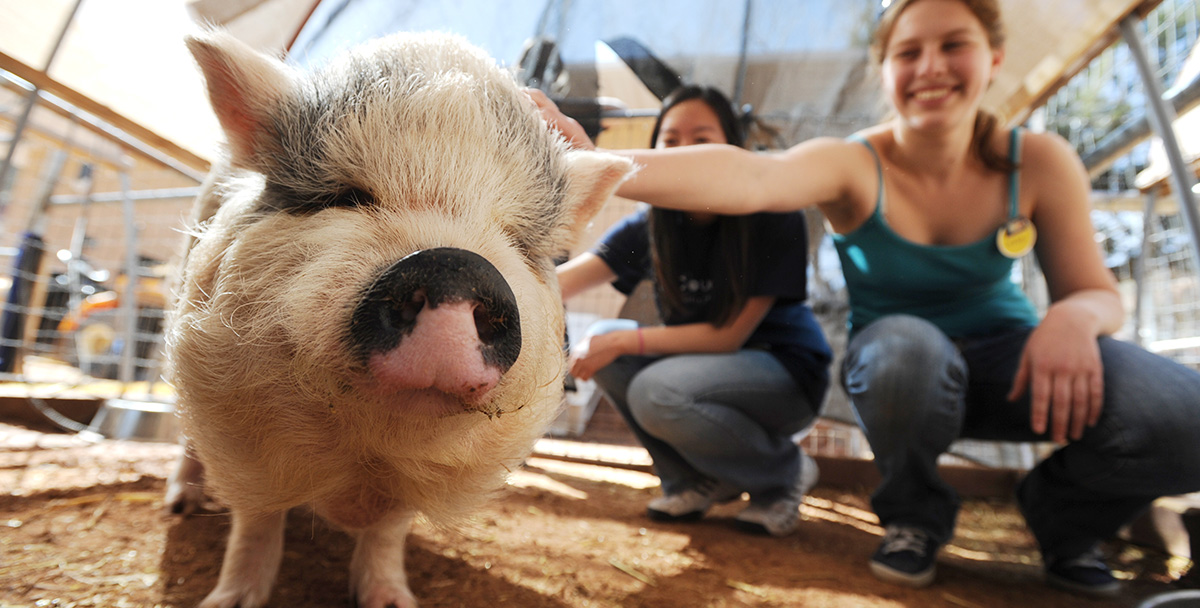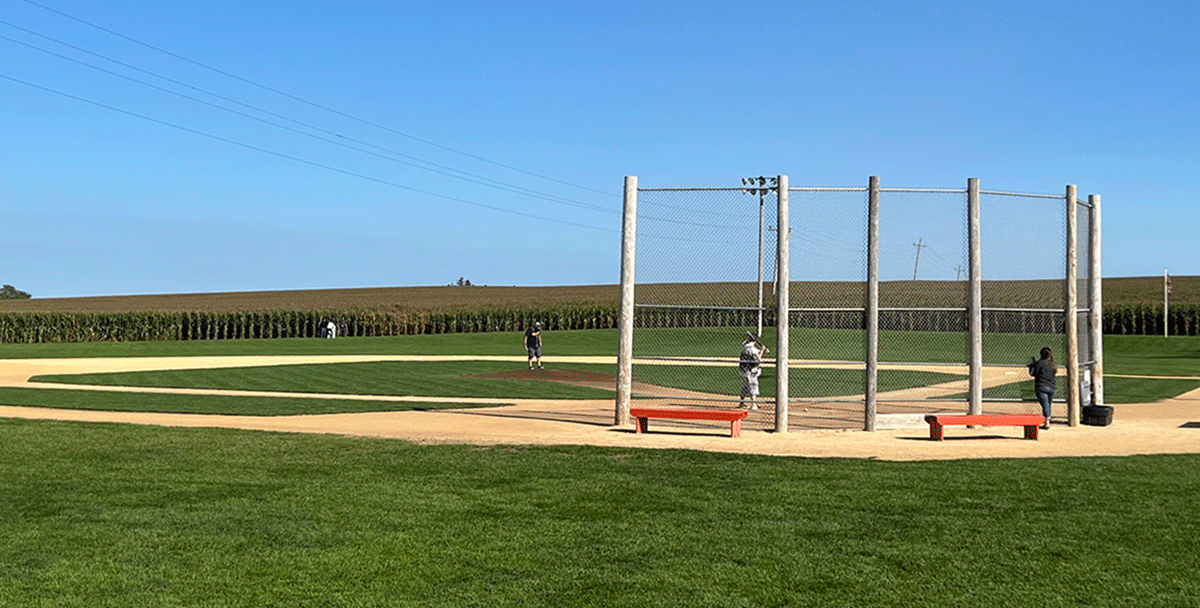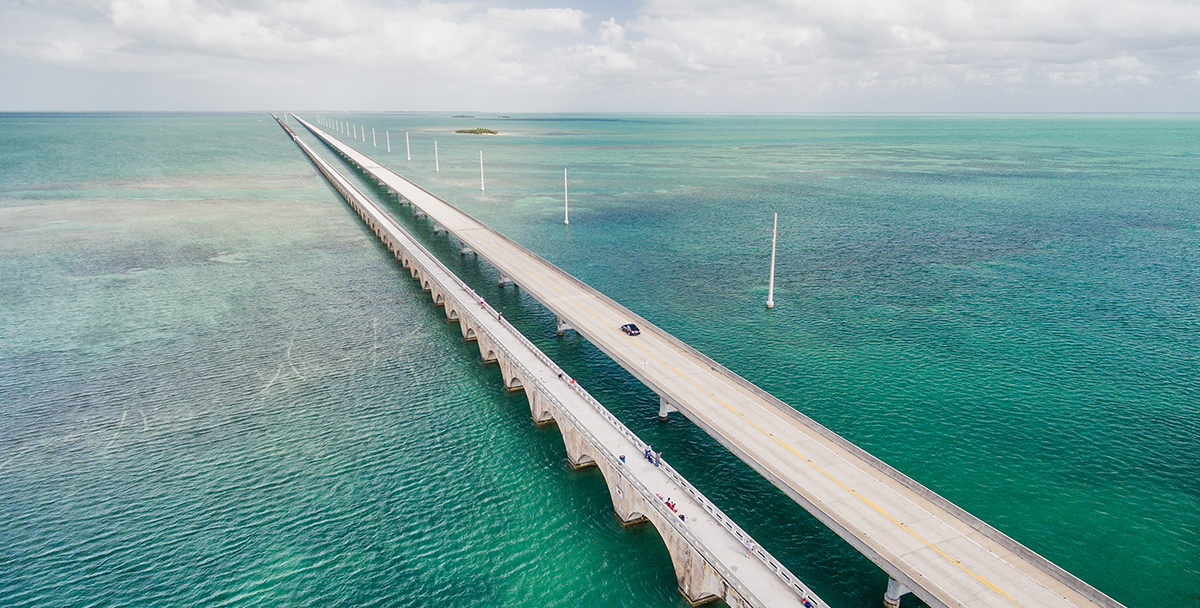Palo Duro Canyon State Park is in the Texas Panhandle, but it feels like another world. As I drove into the park’s 28,000 or so acres, I traded Texas’ flat landscape for towering sandstone formations that shimmered and changed colors with the sunlight.
I was on a cross-country road trip by myself, part of a move from Virginia to Arizona in 2015, and I hadn’t planned to visit the canyon. But driving through, totally alone and at peace among the canyon’s protective and gorgeous walls, I was glad I made the detour. I had been nervous about the move and the long solo trip. Suddenly, surrounded by this scenery, I felt in my heart that I had made the right choice.
Finding the self-confidence to embark on solo road trips has made my life so much richer. And although I’m alone when I’m traveling, I’m far from alone in my endeavors. According to the Travel Industry Association, about 32 million American women travel alone annually.
“It can really boost confidence,” says Allison Gervais, a psychotherapist who practices in Corte Madera, California, of solo travel. “You have to make decisions all day about what you’re going to do. You can’t rely on somebody else to look at the itinerary for the day. Or if you miss a train, you have to figure it out on your own. And then once you’re able to say, ‘I can do this on my own – I can figure this out on my own,’ that’s where that confidence and self-efficacy, all of that will come into play.”
For my first solo trip, I started small: I traveled for a long weekend from northern Virginia to Asheville, North Carolina, about a seven-hour drive. I was a little nervous. Would it be fun to travel by myself? Would I be lonely? Would I feel unsafe? But I had a great time.
I was so excited about being in a new place that any lonely feelings didn’t last long, and I stuck to major attractions and busy areas where I felt safe around others. That trip helped me gain the experience I needed to plan the cross-country drive and many shorter solo trips since then.
Recently, I spoke with two other women who have spent significant time on solo road trips, sharing stories and advice on how to plan a trip for one.
Make a Plan – But Keep It Loose
“The best plan is to have not ‘no plan’ but a very tentative plan that’s flexible,” says Mary Latham, who in 2016 embarked on a three-year road trip in her mother’s Outback as a way to honor her mom, who died in 2013. One of the best perks of solo travel is making whatever stops and detours you want without having to accommodate another traveler.
One of my favorite memories from my cross-country trip was seeing the majestic Natural Bridge in Clinton, Arkansas. I saw a sign for the bridge on the highway and made a split-second decision to pull off. It was thrilling to follow my heart wherever it led.

Before I hit the road each day, I’d book a hotel room for the night to ensure I had a place to stay. I’d always read the hotel reviews to ensure it was in a safe area. But when I arrived at my hotel in Little Rock, Arkansas, police officers were outside and inside. I asked what happened, and the hotel clerk told me that a guest wouldn’t leave. I felt safer knowing nothing violent had occurred, but I would have left if I felt unsafe.
Trust Your Gut and Other Safety Advice
When you’re traveling alone, especially for individuals who identify as female, safety can be a concern.
“The most important thing you can do is to be cognizant of your surroundings, and trust your intuition. If something doesn’t feel good, just leave,” says Heather Jacks, a writer who lives on the road full time. Jacks uses AreaVibes, a website that offers information on the crime rates and population density of a given area, to help her scope out a neighborhood before parking there.
“The biggest safety thing was the act of paying attention,” Latham agrees. “Always keeping your eyes on the road or the people around you, not looking down at your phone and allowing it to distract you. I truly believe our phones are the biggest danger to us.”
Latham traveled with a taser and pepper spray, both of which you can buy at most hardware stores. She also used the Hum car tracker so her dad would know where her car was located and she could call for roadside assistance.
She recommends keeping a paper map in the car in case your phone malfunctions or you hit an area with no service. When Latham booked a hotel during her travels, she wrote down the address and phone number on the map for the same reason.
Also essential to have in your trunk: a first-aid kit and a car kit. The car kit might include a spare tire, lug wrench, flashlight and flares. The first-aid kit should contain antiseptic, bandages and a tourniquet. Having a roadside service like AAA could help you too. The AAA Classic Membership, which includes towing and emergency fuel delivery, costs $56 per year on average.
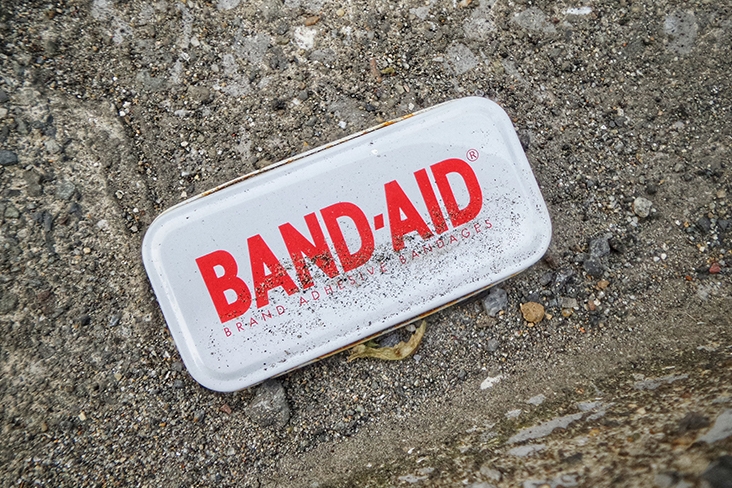
Latham also packed a candle since it requires no batteries and can’t lose power; a sleeping bag in case she had to sleep in her car (thankfully, she never needed it); a fire extinguisher in case the car caught fire; bottled water; and granola bars.
To get a sense of what areas in a town might be safer than others, Latham recommends striking up conversations with locals. She frequently spoke with people at coffee shops, she says. And you never know where a conversation might lead – maybe you start out talking about logistics but end up swapping travel stories. “The best part about a road trip is the people that you meet,” says Latham.
Practice Mindfulness
You may feel lonely or anxious at times, especially on a long solo trip. If that happens, Gervais suggests what she calls “riding the wave,” or sitting with those feelings until they pass. She also recommends a mindfulness technique: In whatever activity you’re doing, try focusing on just one sense at a time. For example, if you’re walking on the beach, first focus on the sound of the waves; then, the feeling of sand on your feet; and so on.
This helps you “get back in your body,” she says, which can help you feel calm and at peace.
I’ve found myself feeling self-conscious about traveling alone sometimes. It helps to focus on the facts. People around you are probably not thinking that you’re at a restaurant alone. Embrace the quiet – and resist the temptation to bury your face in your phone.
“The last thing you want to do is be on social media the entire time that you’re on a trip,” Gervais says. “However, if you’re feeling really disconnected and going out and talking to other people isn’t an option for you in that moment,” it’s OK to log on to see what friends and family are up to. “Put a timer on it so you don’t get sucked in,” she says.
When I’m traveling alone, I post about once a day for safety reasons so people know where I am. But I limit my time online. It’s not hard – when you’re on the road, there’s always something new to see or do.
Road-tripping solo has easily been one of the best things I’ve ever done. And I’m not alone in that feeling.
Latham considers the three years she spent on the road solo as the best thing she’s done in her life. “We’re going to constantly come up with an excuse of why we shouldn’t do things in life. We just have to make the time,” she says.

